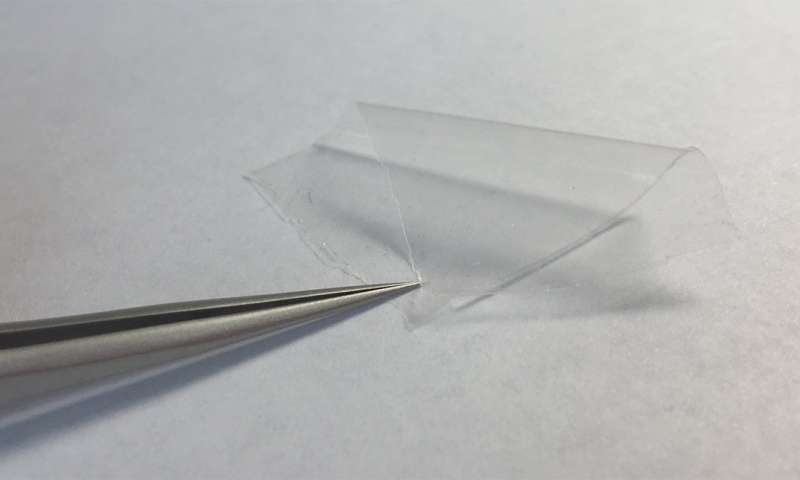
The power source for things like implanted medical devices, electric cars or unmanned aerial vehicles are vital to their performance. So, what would happen if that powerhouse of energy — a lithium battery — failed? An electric or hybrid car would render useless and a much-needed biomedical device would hamper a patient’s health.
These are the kinds of things Polymer Science Professor Dr. Yu Zhu, along with other researchers, is trying to prevent.
A recent paper from Zhu’s research group, “A Superionic Conductive, Electrochemically Stable Dual-Salt Polymer Electrolyte,” will be published Tuesday in the journal Joule, Cell Press’s forward-looking journal spanning energy research across disciplines.
Specifically, Zhu and his research team developed a solid polymer electrolyte that can be used in lithium ion batteries to replace the current liquid electrolyte to improve the safety and performance of lithium batteries.
Zhu says solid electrolytes has not been commercialized in lithium batteries because of drawbacks like low ionic conductivity and high interfacial resistance with electrodes. However, Zhu and his team demonstrated that a dual-salt based polymer solid electrolyte exhibited superionic conductivity at room temperature and outstanding electrochemical stability with lithium battery electrode materials.
“A solid electrolyte has long been thought for lithium ion batteries due to its nonflammable property and high mechanical strength that may mitigate the disaster caused by battery failure,” says Zhu. “Battery safety and energy density are major concerns for emerging applications of lithium batteries, such as for use in electrical vehicles. If the solid polymer electrolyte is successfully developed, the energy density of the battery could be doubled and the safety concerns for lithium batteries could be removed. This research sets up a strong base to develop such a promising solid electrolyte for lithium batteries.”
The research team has formed a company, Akron PolyEnergy Inc., that will further develop this technique and produce a large prototype for future commercialization.
Zhu’s graduate students Si Li and Yu-Ming Chen are leading authors for this research. Other researchers include graduate students Wenfeng Liang, Yunfan Shao and Kewei Liu, and Dr. Zhorro Nikolov from the National Polymer Innovation Center.
